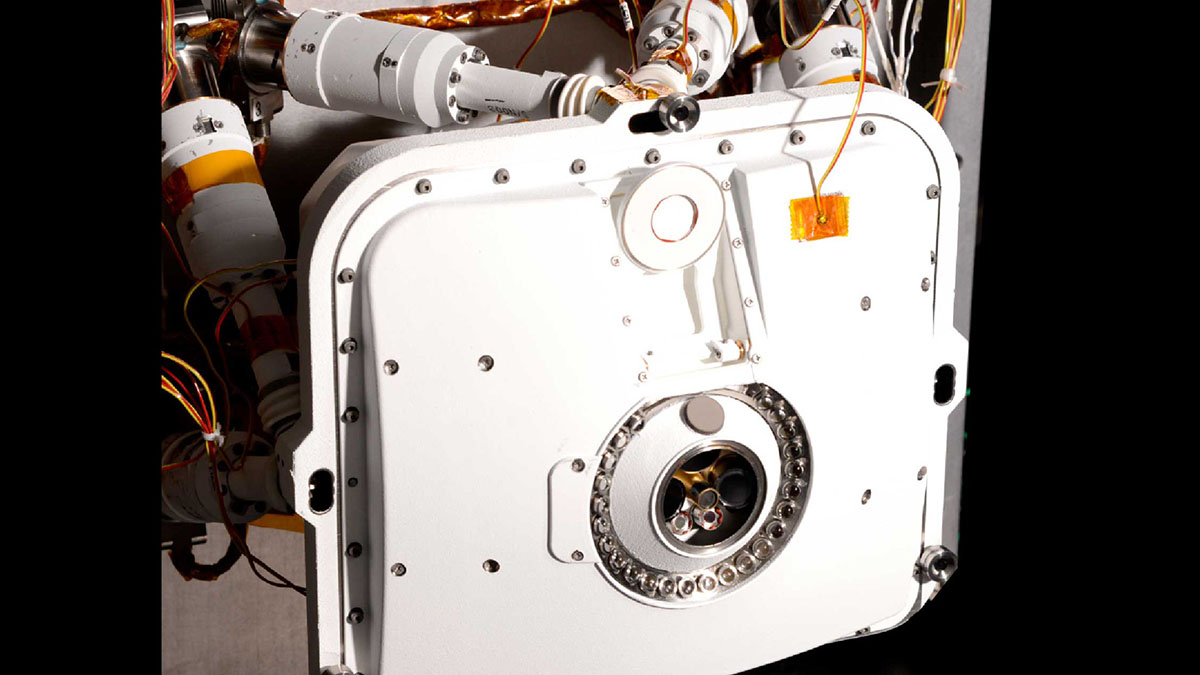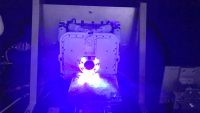PIXL opens its dust cover during testing at NASA’s Jet Propulsion Laboratory. One of seven instruments on NASA’s Perseverance Mars rover, PIXL is located on the end of the rover’s robotic arm. (NASA/JPL-Caltech)
Home PIXL opens its dust cover during testing at NASA’s Jet Propulsion Laboratory. One of seven instruments on NASA’s Perseverance Mars rover, PIXL is located on the end of the rover’s robotic arm. (NASA/JPL-Caltech) PIXL opens its dust cover during testing at NASA's Jet Propulsion Laboratory. One of seven instruments on NASA's Perseverance Mars rover, PIXL is located on the end of the rover's robotic arm. (NASA/JPL-Caltech)



